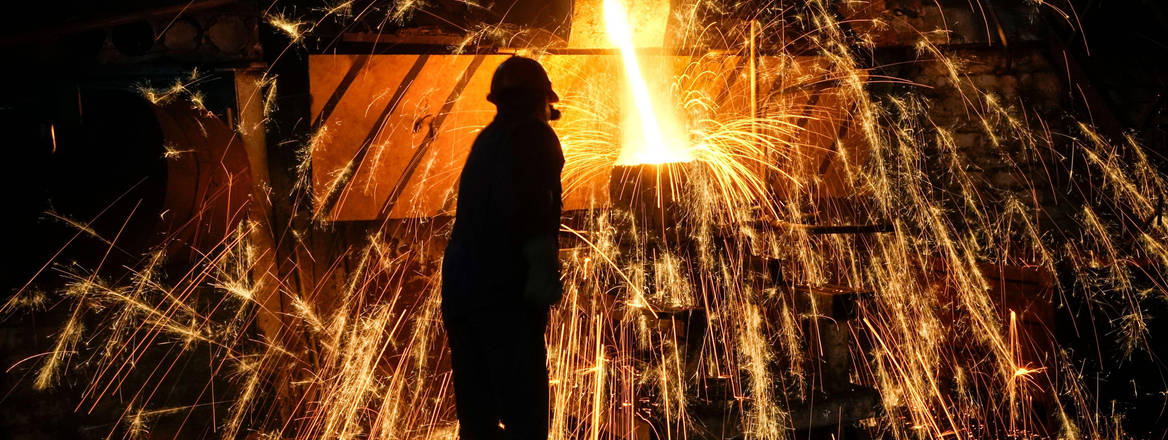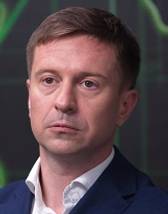Winning the Industrial War: Comparing Russia, Europe and Ukraine, 2022–24
In an environment where Europe must be able to deter Russia with reduced US support, Russia’s full-scale invasion of Ukraine should spur significant efforts to address what has been demonstrated to be a manifestly inadequate defence-industrial base. This paper focuses on the key policy issues that have shaped military-industrial production in Russia, Ukraine and European NATO.
Protracted wars are won by the party able to generate new, competitively trained forces and the armaments with which they are equipped and sustained. The ability to generate a second and third echelon of forces is an important aspect of a state’s deterrence posture.
During Russia’s full-scale invasion of Ukraine, the Russian defence industry has managed to significantly increase defence production. Ukraine has also done this, although to a lesser extent. European members of NATO, meanwhile, faced substantial problems in expanding defence-industrial output, despite an abundance of funds. This paper examines the processes of military-industrial mobilisation in each of these areas to assess the causes of radically different outcomes.
First, Russia had a well-developed plan for military-industrial mobilisation which it implemented early in the war. Ukraine did not have such a well-developed plan but could draw on its Soviet legacy to regenerate industrial capacity. Europe, meanwhile, lacked both a plan and the data with which to build one; this made investment into defence production inefficient.
Second, Russia and Ukraine maintained a highly centralised level of coordination over their respective defence industries and had an understanding of the supply chains to enable a relatively coherent orchestration of investments. Europe, meanwhile, lacked control, and could only incentivise industry, while governments and industry lacked an understanding of their own supply chains, leading to massive internal competition and uneven expansion.
Third, while Russia d id achieve a much more efficient military-industrial mobilisation, it also cost far more than is generally acknowledged. Russia has not only expanded defence spending but also rerouted money from other budgets to expand military-industrial recapitalisation and has advanced credit to defence companies to enable rapid growth. This will pose challenges in the medium term. It is not reasonable to expect Europe, which is not at war, to mobilise investment to a comparable level. However, the fragmentation of the European defence market has meant that money is spent very inefficiently. Greater European coordination of spending could improve the return on investment.
The regulatory environment in Russia and Ukraine should not be held up as a model. In Ukraine, regulation of core defence industries has necessitated a large unregulated non-traditional defence ecosystem to emerge. In Russia, practices are manifestly unsafe and have often led to accidents. In Europe, however, the burden of regulation is often self-defeating in raising the cost and slowing the production of equipment. Incentives for stockpiling equipment and taking risk, meanwhile, are skewed in such a way as to lead to systemic policy failure. Regulatory reform and harmonisation for the testing, procurement, storage and transportation of defence materiel are essential.
In an environment where Europe must be able to deter Russia with reduced US support, Russia’s full-scale invasion of Ukraine should spur significant efforts to address what has been demonstrated to be a manifestly inadequate defence-industrial base.
WRITTEN BY
Dr Jack Watling
Senior Research Fellow, Land Warfare
Military Sciences
Oleksandr V Danylyuk
Associate Fellow - Expert in Russian multidimensional warfare
- Jim McLeanMedia Relations Manager+44 (0)7917 373 069JimMc@rusi.org



